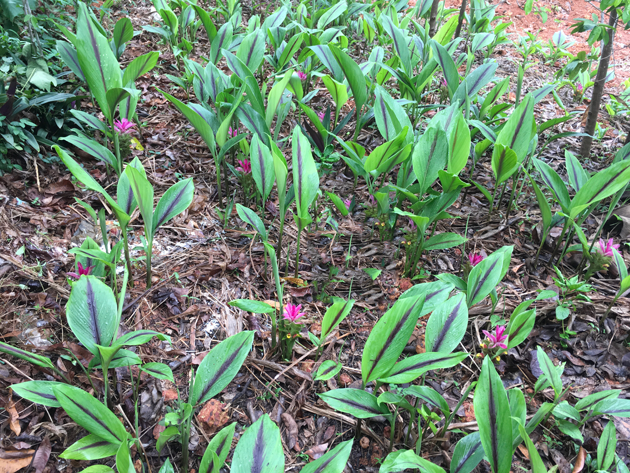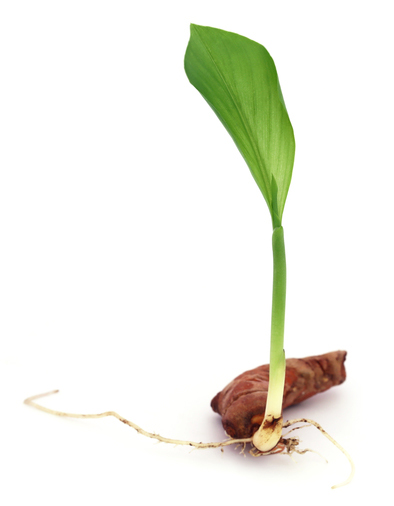Turmeric is a perennial herbaceous plant that reaches up to 1 m 3 ft 3 in tall. These native plants of india grow well in tropical areas.

Black Turmeric Facts And Health Benefits

Turmeric

15 Health Benefits Of Turmeric Why It Is Good For Weight Loss
Growing harvesting and manufacturing curcumin curucmin is a compound from the rhizomes of turmeric curcuma longa and belongs to the same family as ginger.

Curcumin plant in india. It grows in hilly areas at an altitude of 1500m from sea level. The ideal temperature ranges between 20 30 c and the rainfall needed is 1500 to 2250 mm per annum for turmeric cultivation in india. Curcuma plants belong to the same plant family as ginger turmeric and curcumin.
It can also be grown as an irrigated crop. India is the largest commercial producer of turmeric and has around 100000 acres of it under cultivation harvesting about 100000 tons per season. Or use it as an eye catching tabletop centerpiece on your deck or patio.
Originated in india it is now cultivated throughout the tropical asia and in smaller extent in other subtropical and tropical parts of the world. The name of the genus curcuma is derived from the sanskrit kukuma referring to both turmeric and saffron used in india since ancient times. Psoriasis online in india turmeric for psoriasis reviews turmeric and honey for psoriasis turmeric and psoriasis research turmeric for psoriasis before and after ginger psoriasis turmeric topical psoriasis turmeric psoriasis forum dr danielles organic curcumin curcumin online curcumin capsules cheapest curcumin turmeric curcumin with bioperine benefits turmeric vs turmeric curcumin curcumin.
The species curcuma longa is perhaps best known as turmeric a yellow spice used in curry and curcuma zeodaria zeodary or white turmeric is also a popular spice in india and southeast asia. Highly branched yellow to orange cylindrical aromatic rhizomes are found. As the use of curcumin continues to grow in popularity so does the acknowledgement of its many benefits.
Also known as the ginger lily curcuma has a long culinary history too. Curcuma makes an outstanding addition to garden beds and borders as well as container gardens. In the indian subcontinent and southeast asia turmeric has traditionally been used for the treatment of inflammation skin wounds and tumors.
Curcumin comes from the turmeric plant and has been in india as a spice for centuries. These spices come from curcuma plant rhizomes which are the part of the stem found underground that sends out roots. Traditionally people used curcumin to add flavour to their dishes with many cultures recognizing the spice for its many medicinal properties.
Turmeric needs a warm humid climate for growth. Gardeners appreciate their broad lush green leaves and striking conelike flowers. This heat loving long blooming tropical plant produces gorgeous spires of pink purple or white flowers all summer long.
Curcumin is the major yellow pigment of turmeric a commonly used spice derived from the rhizome of the herb curcuma longa linn. Turmeric curcuma longa is obtained from the underground tubers or rhizomes.

31 Ginger Turmeric Tea Benefits For Health Side Effects Life In
Curcumin 95 Turmeric Extract Capsules
Use Of Turmeric Turmeric Ayurvedic Applications

EmoticonEmoticon